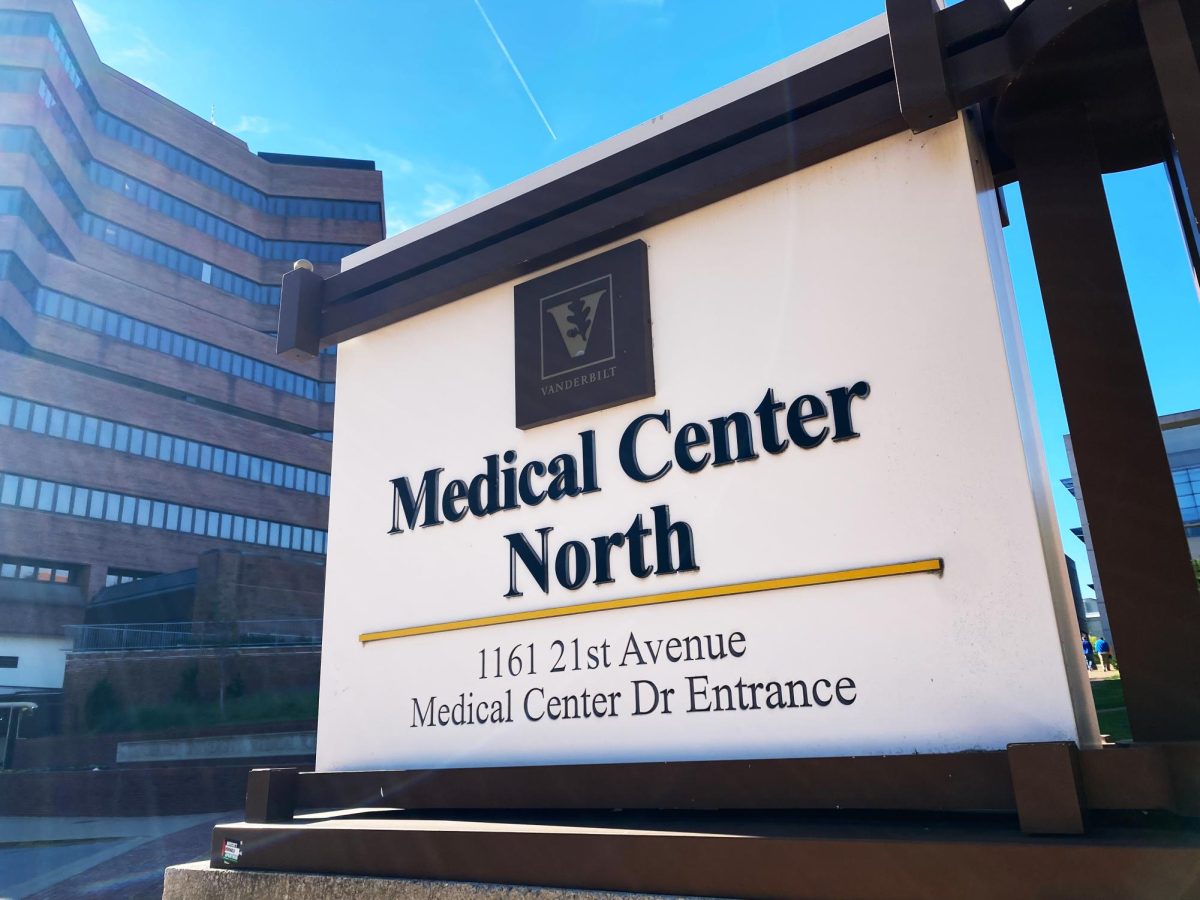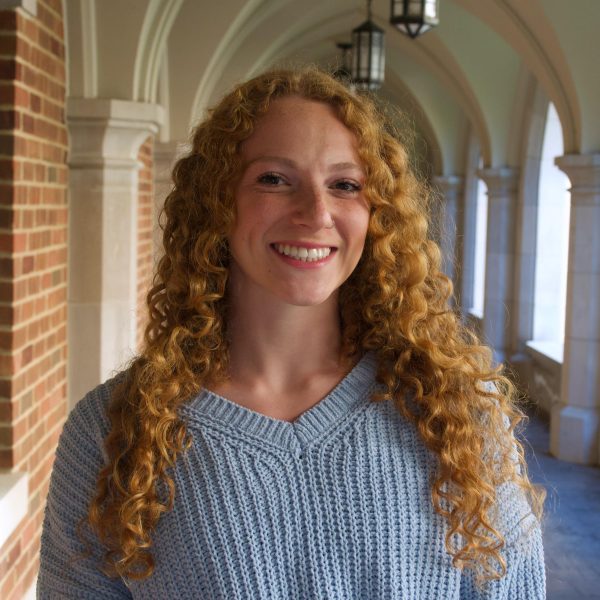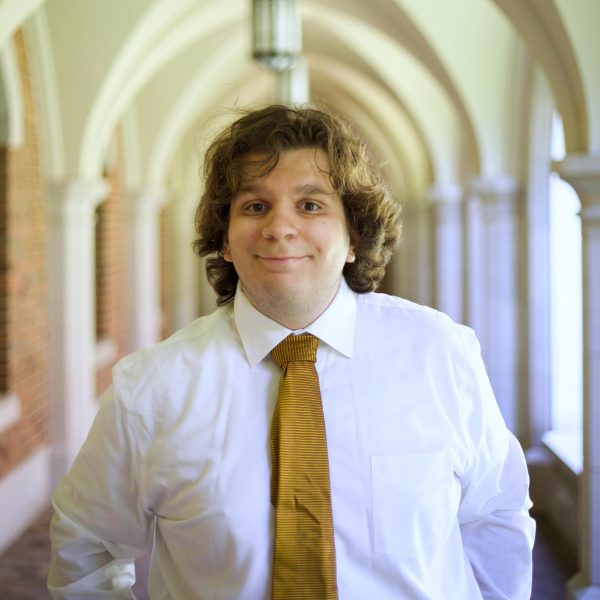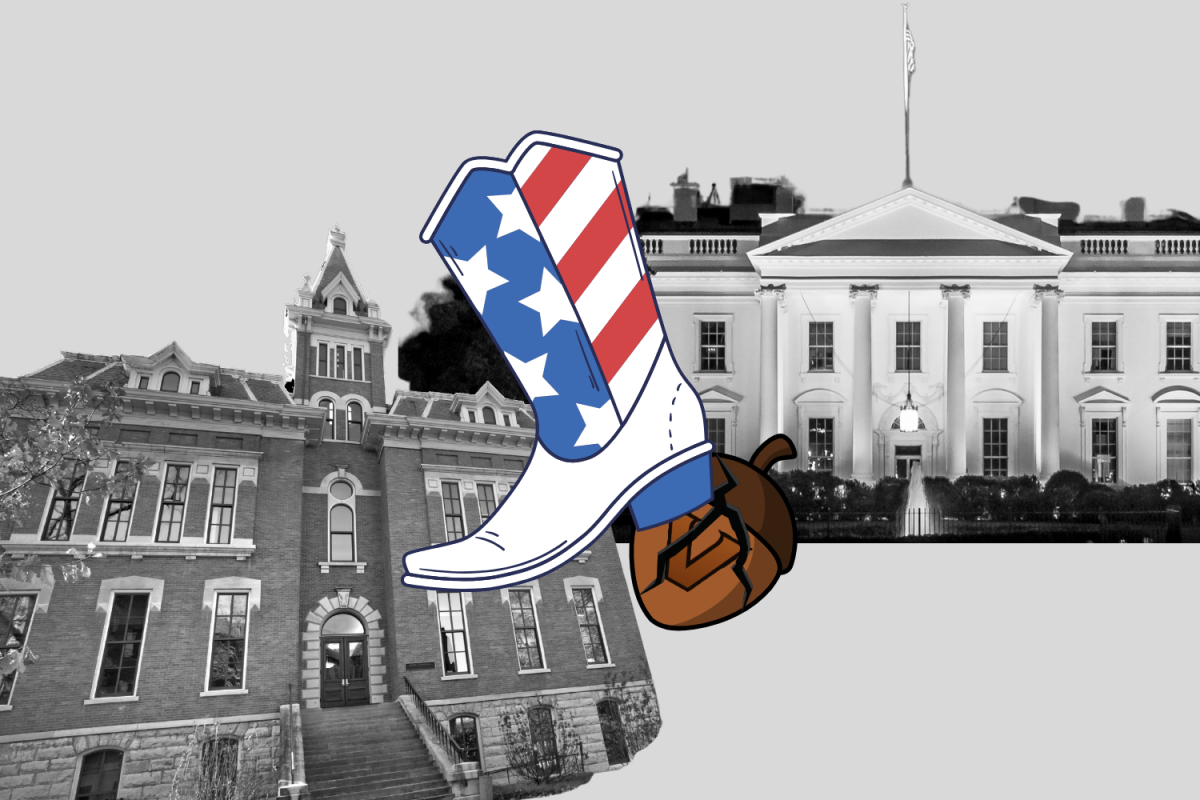VUMC, in collaboration with Johns Hopkins University School of Medicine and the University of California, San Francisco, published findings on Feb. 25 revealing a new success rate for a half-matched bone marrow transplant that can cure sickle cell disease. With these new results, the probability of being a perfect donor to a SCD patient is now over 90% for half-matched related donors — which can be parents, biological complete siblings, half matched siblings or children — making bone marrow treatment a viable cure for most adults living with the disease.
The study was first conceived in 2012, following the publication of a feasibility study by a research group at Johns Hopkins University, which examined the success of a bone marrow transplant in treating SCD using half-matched sibling donors. The team included Robert Brodsky from Johns Hopkins, who served as a Protocol Co-chair for this current study. VUMC used this research as their foundation, evaluating the same bone marrow transplant to determine the late health effects of curative treatment for SCD.
Michael DeBaun, Director of the Vanderbilt-Meharry Center of Excellence for Sickle Cell Disease and principal investigator of the study, shared in an interview with The Huster that acquiring funding from the National Institute of Health was challenging, with many failed attempts. However, DeBaun and Adetola Kassim — professor of Medicine and clinical director of the adult stem cell transplant program at VUMC — partnered with colleagues from France and the United Kingdom to found the Vanderbilt Global Consortium through philanthropic support. The Consortium is a global network of physicians at medical centers dedicated to sharing knowledge and implementing critical initiatives, which helped the researchers secure NIH funding.
“The process of being a physician-scientist is like being an entrepreneur,” DeBaun said. “You have ideas for a discovery, and you need to get venture capitalists to invest in those ideas, except that we have to invent new ideas every 4-5 years to secure funding.”
When asked about what it was like working with the other university professors — Brodsky and Mark Walters from UCSF — for the study, DeBaun said he enjoyed the experience.
“Our leadership team was like four legs of a stool: We all had a role to play to get this study off the ground,” DeBaun said.
DeBaun said he had a particularly close relationship with Brodsky.
“This all started because the Hopkins team developed this approach, but there were still some limitations,” DeBaun said. “We worked diligently to secure NIH funding and established a close working relationship in the process — so close that Robert [] asked me to mentor his son, a Vanderbilt student at the time and now also a physician.”
In a message to The Hustler, Robert Brodsky’s son, Max Brodsky (B.A. ‘14) discussed the inspiration he has gained from his father and DeBaun’s commitment to curing SCD. While Max Brodsky did not have any direct involvement in the study, research he completed as an undergraduate at Vanderbilt was cited in the paper. His research focused on the increased risk of silent cerebral infarcts in adults with sickle cell anemia.
“There’s no doubt in my mind that their dedication [to fighting SCD] has made a significant impact — not only for individuals living with sickle cell disease but also within the broader medical community,” Max Brodsky said. “My hope is that more physicians, especially hematologists, will recognize the success of this cure and begin sharing it as a viable option with their patients.”
With the results of this study, bone marrow treatment is now a viable option for most adults with SCD living in the U.S. and other high-income countries. In his interview with The Hustler, DeBaun expressed the team’s enthusiasm for what is next to come in their research for finding a cure for SCD.
“I believe the future is bright for curing sickle cell disease,” DeBaun said.
Kassim echoed these sentiments in a VUMC News article, sharing how their results have paved the way for this future.
“The findings are significant and have implications for enhancing the care of patients with sickle cell disease,” Kassim said.
The treatment serves as an alternative to the recently FDA-approved gene therapy and gene editing curative approaches, which cost approximately $2-3 million. Due to these costs and the lack of required infrastructure in low-income countries, the study’s findings are currently predominantly applicable only to individuals in high-income countries.
DeBaun expressed how it is unlikely that their study will be able to expand to these other areas in the near future. However, he believes the desire to cure SCD in Africa is quite vibrant, where, according to the World Health Organization, 66% of the world’s 120 million affected people currently live.
“Approximately 40% of the population in Nigeria has an average daily income of $1, so you can imagine that if you’re discussing a procedure costing between $200,000 and $400,000, the cost would be out of reach for most individuals,” DeBaun said. “Not to mention the requirement of an established bone marrow transplant unit and the necessary support personnel to monitor the patients before, during and after the transplant.”







